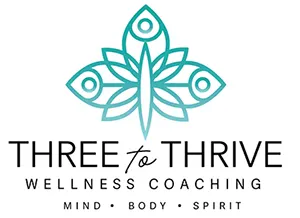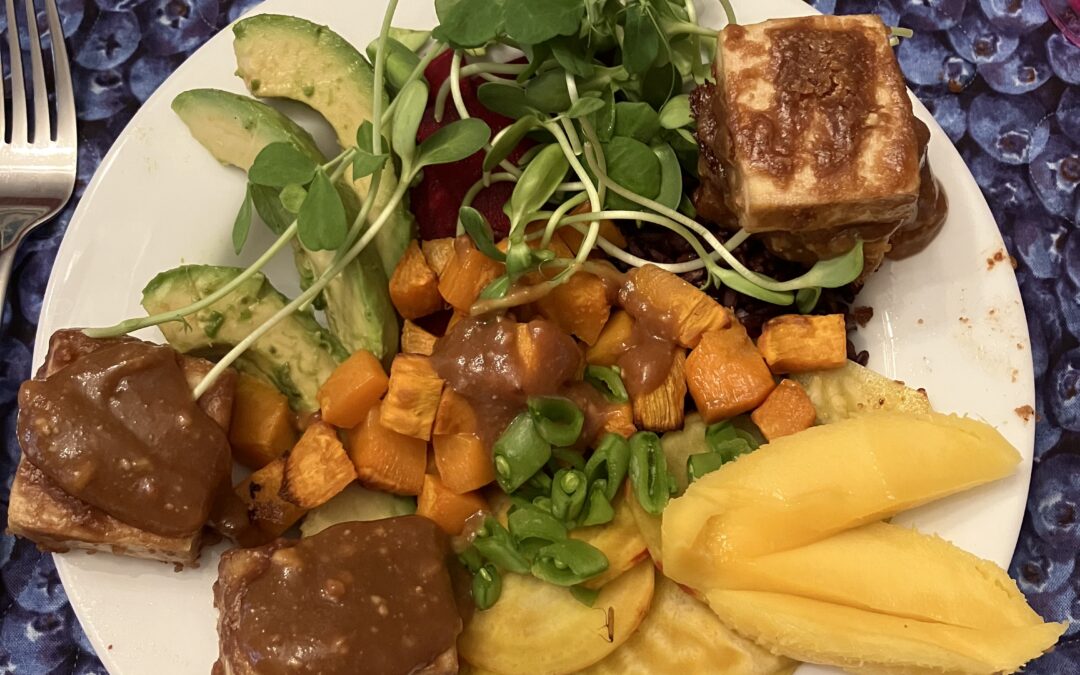When I was a kid, we happily spent an abundance of quality time together until harsher boundaries were imposed. I couldn’t look like the person on the magazine covers and TV with such devotion to that relationship. But every time I had a tough day, I snuck into that comforting, secretive partnership to sooth my nerves and distract my mind. As I entered adulthood, food became an acceptable way to connect, celebrate, and fuel my body. It also became a great distraction for uncomfortable feelings. Coupled with conflicting messaging from pop culture and especially the ‘health experts, it’s been a rocky relationship for sure!
Growing up in the 80’s, I have fond memories of TV dinners, orange crush, and fat free Snackwell cookies. I recently looked over some old recipe books and smiled at the ‘evolution’ of my diet trends. If you came to my house, I would explain, the early 2000’s was my Southbeach phase. Then you would notice my Paleo, Whole 30, Mediterranean, Keto, and Plant-based periods. I also dabbled in the cults of Intuitive Eating, Volumetrics, Time-restricted eating, and food logging apps. I had success with some approaches more than others but my eating patterns have been a life-long experiment. (*Note: My complicated relationship with food never entered the space of disordered eating. If your relationship is an abusive one, please seek help from your physician, counselor, or dietitian.)
Considering individual genetics, environment, age, medical issues, and personal preferences, I believe there is no one-size-fits-all eating plan. As a wellness coach and not a nutritionist, my advice is to get curious about your own brain and body. Consider what you like to eat, how you feel after eating certain foods, what your brain and body need to function, and how much time is worth prepping and cooking. For example: Try eating mostly protein for breakfast and notice if you have more energy throughout the day. Give up alcohol for 21 days and notice if you sleep better. See if your mental focus improves without soda or juice. Make one simple change at a time to build those life-long habits! (For the biggest bang for your buck, I would recommend starting by reducing sugary drinks and adding more colorful fruit and veggies.)
My husband is an endurance athlete so he finds the Keto diet helps him burn fat for fuel and avoid ‘bonking’ during long events. This diet is also helpful for my niece with a seizure disorder. New issues with her bowel function led another friend to try the low Fodmap diet. Other friends are Vegan due to gut function and also moral reasons. A family member was newly diagnosed with pre-diabetes and was encouraged to start on medication right away. Instead, he met with a nutritionist to start on a high protein/lower carbohydrate eating plan.
Nerding-out about nutrition as it relates to brain function, menopause, athletic performance, and healthy aging is one of my favorite hobbies. There are commonalities amongst all the world’s healthiest diets. In the blue zones (areas of the world known for the greatest number of centenarians), people are engaged in eating with their community, they eat whole/minimally processed real food, and they cook for themselves. This is difficult to imagine in our busy lifestyle but we all choose our priorities.
No longer a size 4 like when I followed a strict Paleo eating plan, I remember stressing at every social gathering to avoid grains, sugars, dairy, and legumes. This relationship may always take some work but food and I have come to an understanding. It is a balance between acceptance (self-compassion), mindfulness, and the practical advice given by Michael Pollen in his book, Food Rules, An Eater’s Manual. It comes down to this, “Eat real food. Not too much. And mostly plants.” **
Be Well (Nourished)
-Trish
*This is NOT a blog to recommend or advise on specific dietary needs. Nor do these suggestions ‘fix’ disordered eating. There are experts for that so PLEASE seek advice from your physician or dietician.
**Some of my other favorite rules from Michael Pollen’s book include: Don’t get your fuel from the same place your car does. Give some thought to where your food comes from. Eat when you are hungry, not when you are bored. Avoid foods you see advertised on television. Do all your eating at a table. And a final reminder: Don’t eat what your great-grandmother wouldn’t recognize as food.

